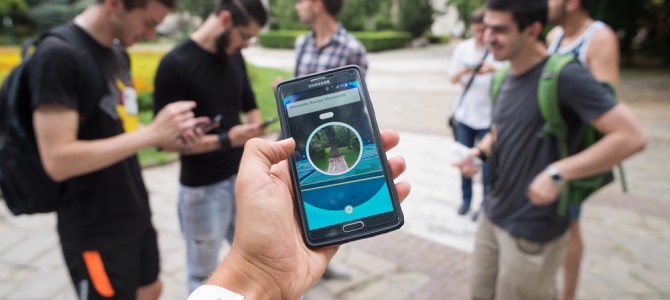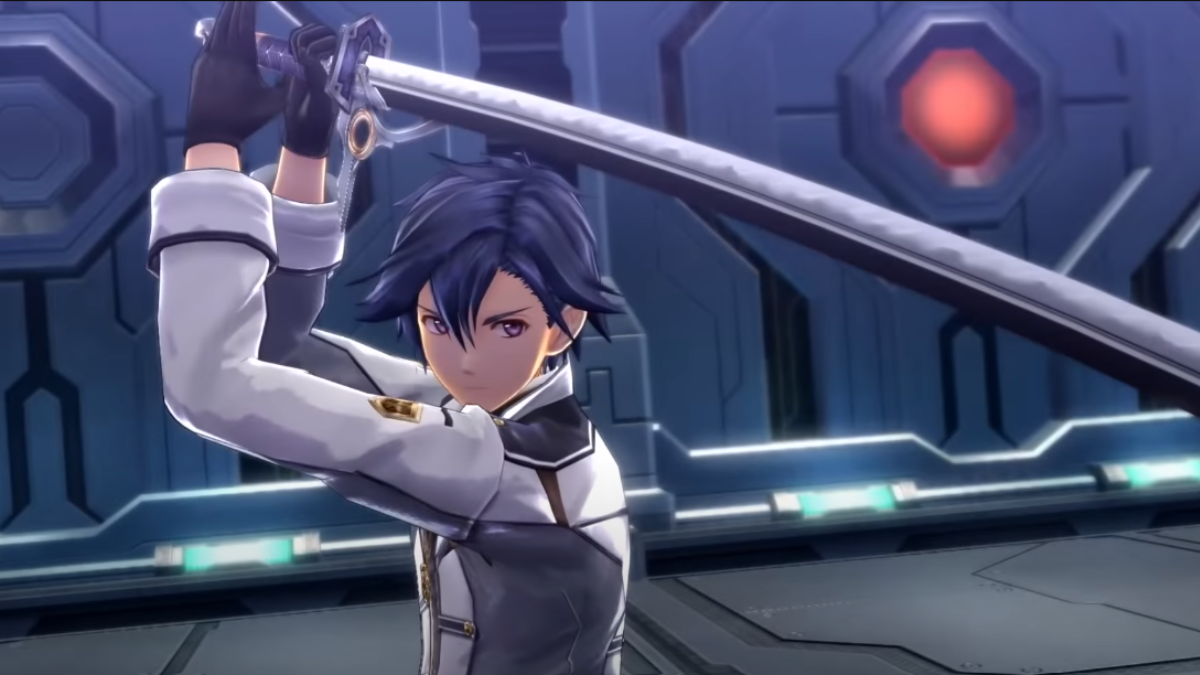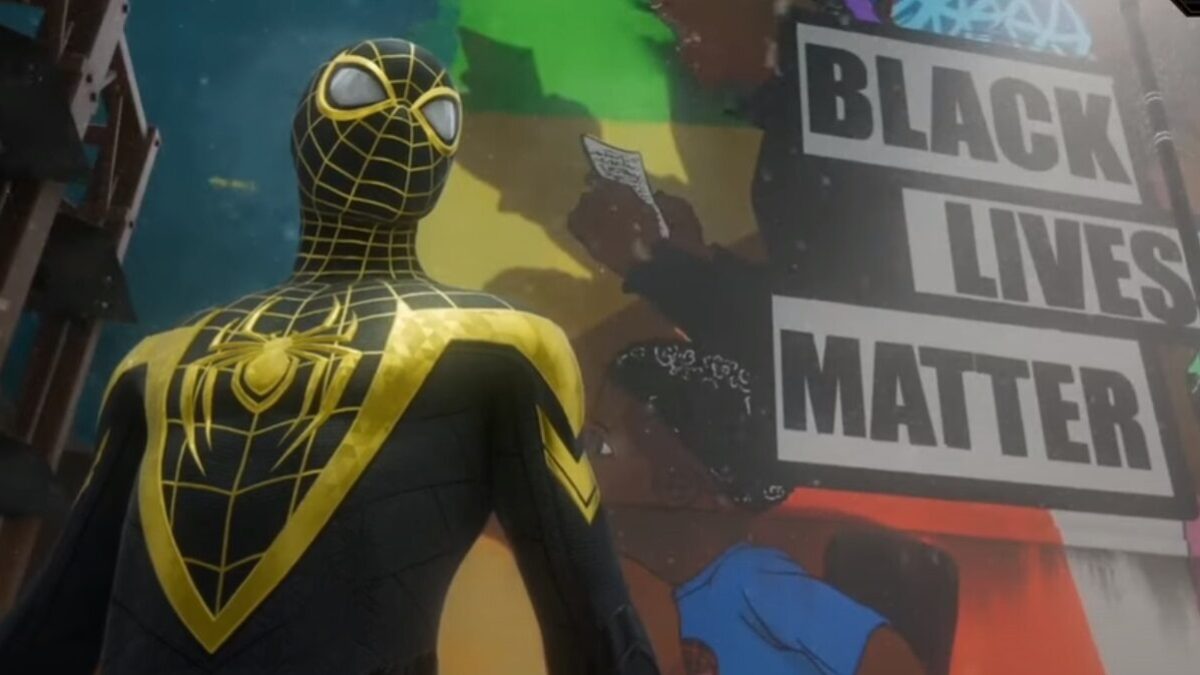
It’s been mere weeks since “Pokémon Go” was released to the public, but it has already become one of the hottest games ever developed for mobile devices. Within the first three days, “Pokémon Go” shattered download records and all expectations. The game surpassed the number of installs of trendy dating app Tinder, attracted more players than any other mobile game, and even beat Twitter for daily active users across all platforms.
As with any new phenomenon, it’s hard to separate the hype from the reality. Perhaps it’s a sign of our contentious times that we are seeing the Peak of Inflated Expectations in predictions of both salvation and disaster for our social order. Optimists see a game that gets people out walking more and meeting their neighbors, while pessimists see another reason for iZombies to be glued to a screen and ignore the world.
So what is this game? Where did it come from? How does it work? Why should we care? To understand the phenomenon, it may be helpful to have a little background information and consider where it is leading us.
The Pokémon Franchise
As a franchise, Pokémon is truly the game of the millennial generation, although that doesn’t mean only millennials have caught the bug. The original games for the Nintendo Gameboy (Pokémon Red and Blue editions) were released in North America in 1998. Players could explore the digital world in the game, discovering new “Pocket Monsters,” capturing them with Pokéballs, and then training them to fight in arena-style battles. If you had an official Gameboy Link Cable (available at a store near you!) you could even connect your Gameboy to the devices of your friends to battle and trade Pokémon.
To promote the original game release, The Pokémon Company (co-owned by Nintendo and Game Freak) also licensed a cartoon that followed the adventures of young Ash Ketchum, a hard-headed but kind-hearted boy on a quest to become the very best Pokémon trainer of all time. He was accompanied by his loyal “Electric Mouse” Pokémon, Pikachu, who has become the mascot of the franchise. A catchy theme song summed up the point of the show and told kids what they should be doing: “Gotta catch ‘em all.”
Since the original, dozens of games for handheld, console, and PC systems have been released. There has also been a collectible card game, numerous other stand-alone games, and one of the largest merchandising operations of any game franchise. Even if you haven’t played the game or watched the cartoon, you probably know a Pokémon when you see one. It may even be fair to call Pikachu the most famous mouse in the world—well, second to he-who-must-not-be-named-lest-we-be-sued.
“Pokémon Go” is a bit of a departure from the normal RPG style that the handheld games are known for. That’s because it wasn’t developed by Game Freak, the company that created the original Pokémon games for Nintendo. It was developed by Niantic, a spin-off of (still invested in by) Google and Alphabet that licensed the Pokémon characters for the game. This game mostly uses the Pokémon from the Red and Blue editions and a few from the expanded franchise.
The World of Augmented Reality Gaming
Niantic, Inc (formerly Niantic Labs of Google) got its start by creating the augmented reality game “Ingress” in 2012. “Ingress” has been described as a game of “digital capture the flag,” where players use smartphones to interact with the world around them. Players choose to be either part of the Blue Team or the Green Team to join the game. Then they travel around the map to capture locations of strategic importance for their team.
The premise of this game is that a new element called “Exotic Matter” (XM) is seeping into our world from an alternate dimension through “portals” the smartphone app can track. The app uses your actual location to place you on the map, and you must be within 40 meters of a portal to interact with it. “Hacking” a portal nets you resources, such as weapons that can neutralize enemy portals or “resonators” that can capture portals for your team. Your goal is to work with your team—other people in your geographic area—to capture portals, upgrade them, and link them so you can claim the territory inside and score points.
One of the fascinating aspects of the game is that all of the portals are real things. Some were added to the database automatically—it seems that all U.S. Post Office locations are on the map. Some were corporate sponsorships—for instance, Jamba Juice locations were all portals until late 2014, when players observed they had all disappeared after the corporate sponsorship ended. But most of the portals came from user submissions to Niantic, where players used their phones to snap a picture, add a description, and tag their geolocation to submit potential new portals for review.
According to Niantic’s submission guidelines, they were looking for “locations with a cool story,” “a cool piece of art or unique architecture,” or “a hidden gem or hyper-local spot.” They also encouraged submissions of public libraries and places of worship, as locations of education and spiritual discovery. Thanks to users’ excitement, the “Ingress” portal database was quickly filled with churches, libraries, parks, restaurants, bars, and an assortment of other interesting things to explore. While the original map was based on Google Maps (the Niantic founders had come over from that project), the user content has made it unique.
‘Pokémon Go’ Gameplay
When Niantic developed “Pokémon Go” they based the new game on the “Ingress” map and portal database. While it looks like most “Ingress” portals have made it into “Pokémon Go” (with some culling), the new game does not yet seem to include any unique locations. The map is more colorful in “Pokémon Go,” with different shades according to terrain features, like grasslands, deserts, and water. Locations appear either as Pokéstops or Gyms, where players can collect resources or enter arena battle, respectively.
One of the biggest differences between the two games is what players can do on the map. In “Ingress,” there wasn’t much to do between locations. A player needed to travel to the next portal to make a game move. However, in “Pokémon Go” a player might encounter a wild Pokémon anywhere on the map and then try to capture it with a Pokéball. Map features also make a big difference, with crowd-sourced research finding significant correlation of water-type creatures spawning on rivers and beaches and grass-type creatures spawning on golf courses. Pokéballs can be obtained by checking in at Pokéstops (portal locations) on the map.
Every time a player catches a Pokémon he gains resources and experience points (XP) which allows him to advance in levels and find and catch higher-level Pokémon. This comes in handy when the player is ready to engage in Gym battles. Once players reach Level 5, they can enter Gyms and join one of the three teams: Team Valor (Red), Team Mystic (Blue), or Team Instinct (Yellow).
Advancing in levels also awards specialty items that can help players. Incense is a personal item that attracts Pokémon to a player so she will have more encounters wherever she walks. Or if a player places a lure on a Pokéstop it attracts more creatures to that specific location that all players within 40 meters can encounter. When a lure is placed, it becomes animated with falling cherry blossoms coming from the top. These can be seen up to a half-mile away by anyone looking at the game map.
If “Ingress” is a game of capture the flag, then “Pokémon Go” is more like king of the hill. When a player comes across an unclaimed Gym, he can post a Pokémon there to hold it for his team. If a teammate comes to his location, she can train at the Gym and post one of her Pokémon to help defend it as well. Alternately, if a player comes to a Gym another team owns, he can use his Pokémon to fight against the creatures holding the location and claim the Gym for his team by winning enough battles. It can be most effective to have several players gang up on a Gym so they can beat even high-level creatures in a group.
Why should a player want to become stronger and win Gym battles? Well, for one thing it is a source of social capital. Holding a Gym can be a way to show off a strong and rare Pokémon for other players to see. The owner’s player name is listed next to the creature when viewed. It is also a way to earn Pokécoins to buy items in the shop. Of course, Niantic is also happy to sell you some Pokécoins for real money if you’re looking for a shortcut to get needed provisions or specialty items. Ultimately, it comes back around to the Pokémon cartoon theme song: they want to be the very best, like no one ever was.
The Social Aspects of ‘Pokémon Go’
With the game being so new, we only have anecdotal evidence about its social affects. Of course there are some downsides, since this game presents yet another opportunity for people to distract themselves from real-life tasks like conversation, walking, or driving a car responsibly. Still, despite the inevitable harping criticisms from the everything-is-awful crowd, there are plenty of positive ways people are using this innovation.
First, of course, is the fact that gameplay depends upon traveling around the actual map. Walking is important, as it is the only way to make Pokémon eggs hatch (driving in a car will not count). While getting some exercise, players will also be visiting those “locations with a cool story,” “hidden gems,” “hyper-local spots,” and places of learning and worship in their communities. Tony’s Pizzeria downtown or the Lutheran church around the corner with those neat stained-glass windows are much more likely to be Pokéstops than the Red Lobster in the strip mall.
The game also encourages conversations with other players while exploring the area. When one player catches a Pokémon, it doesn’t mean he benefits over others. If another player goes to the same spot, a creature of the same type will probably spawn for her. Many stories are being told about random strangers, often from different generations, races, and socio-economic classes making new connections when they meet while playing. Previous technologies such as messaging and Facebook gave us the opportunity to ignore the people around us in order to interact with people we already knew who might be far away. If even half of these new stories are true, it means neighbors and community members are finding reasons to meet and connect in a fun, low-pressure way.
Creating communities is important in the game, as Niantic has purposefully left many things unexplained. The app gives you a quick tutorial on how to move, capture a Pokémon, and do battle, but it doesn’t tell you the details on spawning mechanics or the best techniques for success. What theorists call “Communities of Practice” have sprung up around the game as players collaborate to find better ways to play. Communities are especially important at the local level to organize team efforts and share spawn locations.
Of course, players don’t just rely on random chance to meet other players. The gameplay incentivizes players to have friends join the same team they are on and then travel together for Gym takeovers. In the college town where I live, there are at least ten Gyms within walking distance of my house. One night I observed a group of teenagers riding their bikes from Gym to Gym, turning each location Yellow. Not long after that was what looked like a carload of 20-year-olds who drove up to each location, parking as close as possible in order to turn the Gyms Blue.
Most players of the game seem to fall between the ages of 15 to 35, as this is the demographic likely to both own a smartphone and have nostalgia for the Pokémon characters they grew up with. However, even younger players can get into the game. One of my friends gave an old iPhone to his 7-year-old son, and the kid caught dozens of Pokémon just around the house and yard (with no cell service, only a WiFi connection). Still, the big prize for marketers and retailers are the millennials who play the game and have extra money to spend.
Businesses have benefited from being the sites of Pokéstops, especially when they are bars or restaurants with outdoor seating. I have used lures at the downtown beer garden a short walk from my house, and learned the bartenders will sometimes place lures to get better tips, as game-playing patrons buy more beers. Churches are also getting in on the fun, using their status as a Pokéstop or Gym as an evangelism tool, or at least a way to create positive impressions on the people who come by. The experimentation of organization and businesses who want to serve the players is just as great as the experimentation of gameplay.
Perhaps the most enjoyable encounter I’ve personally had so far was meeting a Pokémon-loving family in a park that contained about 20 Pokéstops. I had taken my dog for a walk and saw that someone had placed lures on two Pokéstops that were right next to each other. It turns out the lures weren’t just for Pokémon; they were also meant to capture the attention of the game players in the area. A dad was sitting there in his camp chair, happily catching the creatures attracted to his location. Next to him, his pre-teen son had laid out a blanket and was offering to sell hand-crafted Pokémon beadworks to the dozens of players who had been attracted to that spot. It’s a new lemonade stand for the video-game generation. This young entrepreneur probably had more fun making the Pokémon art than lemonade to boot.
The Future of ‘Pokémon Go’
Game popularity can rise and fall quickly, so it is hard to tell how long “Pokémon Go” will remain a hit. It’s actually a testament to Niantic and The Pokémon Company just how popular this game has become despite the many bugs, glitches, and server crashes players have had to deal with. Players have been eager to play and explore, pushing the system to its limits and sometimes having to wait for the developers to catch up.
Early reports show players are sticking around, as daily active user rates have stayed high. Developers has also promised that more features will be rolled out as the game matures. Players are still waiting for head-to-head battles to become available outside of Gyms, and Niantic will probably organize regional gatherings and events in the way they have for “Ingress.” Also, there are hundreds of additional Pokémon that can be added to this game (and we’ve already seen hints about some of them). Since the game will constantly evolve, the developers will probably watch to see how users play and follow their lead to add features that make things more competitive.
This game has turned out to be the most popular augmented reality app ever developed. People are excited to use their cameras to “see” the Pokémon superimposed on the world around them and share pictures when they can get them into a funny pose. The nostalgia factor of this game makes it much more accessible than “Ingress,” which always had a somewhat limited and nerdy appeal. The cute animated characters help disarm uneasy feelings about digital surveillance and other “creepy” factors, issues that held back technologies like Google Glass.
Chances are good that this game could be what makes most of the population become accustomed to seeing others using augmented reality devices. Apps already provide walking directions superimposed over the video feed from your cell phone camera and informative guides about buildings and landmarks around you. It’s just that until now you would get a lot more stares from people if you were holding up your cell phone and using it as a lens through which you view the world. That may be changing. Whether or not this is a good thing is another debate entirely, but once the genie is out of the bottle it will be hard to put it back in.
Whatever happens to this game in the future, it has shown us some encouraging things about our culture. The world may not be as dangerous and divided as we see on the news every night. People can still go out and meet each other. Our phones don’t have to be the soul-sucking distractions we feared they might become. And when you catch a Pikachu, your fellow players won’t care about your race, political party, income, or even what “Pokémon Go” team you’ve joined. They just want to hear where you found it so they can catch one, too!









